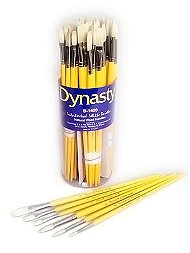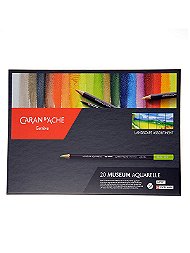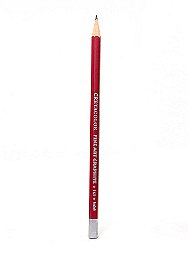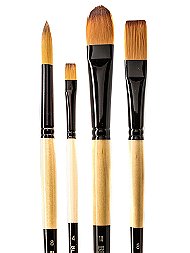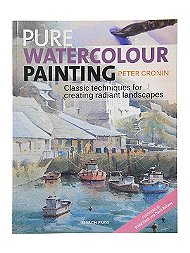Styles & Periods

Kinetic Art
Starting with the work of the Futurists, the inclusion of motion became a central theme to art, in particular sculpture, of the 20th century. Kinetic art is really a generic term for art that addresses the presence, whether apparent or real, of moving parts. Naum Gabo and Marcel Duchamp were among the first to incorporate moving parts in their work in 1920. Just a few years later, László Moholy-Nagy, a Hungarian associated with Constructivism, made machines of light and motion from metal and plastic. The undisputed leader of early Kinetic art is Alexander Calder. His delicately calibrated mobiles included the element of chance, as the works are not motorized, but instead propelled by the motion of the viewer and the currents in the room. In the 1950s Kinetic art was recognized and popularized by critics. The landscape of Kinetic art is ever-evolving, as technological developments provide artists with new ways to incorporate movement into their work.
- 20th Century Architecture
- 20th Century Photography
- 20th Century Sculpture
- Abstract Expressionism
- Aegean Art
- African Art
- Archaic Asian Art
- Art Nouveau
- Arte Povera
- Ashcan School
- Avant-Garde
- Barbizon School
- Baroque
- Bauhaus
- Body Art
- Buddhist Art
- Byzantine Art
- Carolingian Art
- Celtic Art/ Early Medieval Art
- Chinese Painting
- Color-Field Painting
- Computer Art
- Conceptual Art
- Constructivism
- Contemporary Art in Asia
- Cubism
- Dadaism
- De Stijl
- Die Blaue Vier
- Die Brücke
- Divisionism
- Early Christian Art
- Early Renaissance
- Earthworks
- Egyptian Art
- Environmental Art
- Etruscan Art
- Expressionism
- Fauvism
- Feminist Art
- Funk Art
- Futurism
- Gothic Art
- Graffiti Art
- Greek Art
- Happenings
- Hard-Edge Painting
- Hellenistic Art
- High Renaissance
- Impressionism
- Indian Art
- International Gothic
- Islamic Art
- Kinetic Art
- Korean Ceramics
- Mannerism
- Metaphysical Painting
- Minimalism
- Modernism
- Native American Art
- Near Eastern Art
- Neoclassicism
- Neo-Expressionism
- Neoplasticism
- Northern Renaissance
- Oceanic Art
- Optical Art
- Ottonian Art
- Outsider Art
- Performance Art
- Photo Realism
- Pop Art
- Post-Impressionism
- Postminimalism
- Post-Painterly Abstraction
- Precisionism
- Prehistoric Art
- Pre-Raphaelites
- Process Art
- Public Art
- Purism
- Realism
- Regionalism
- Rococo
- Roman Art
- Romanesque
- Romanticism
- Social Realism
- Spatialism
- Suprematism
- Surrealism
- Symbolism
- Synthetism
- Tonalism
- Video Art
|
|
|
||||
|
|
|
||||
 Download FREE coloring
Download FREE coloring
book pages to color at
home or school.
View Pages »









